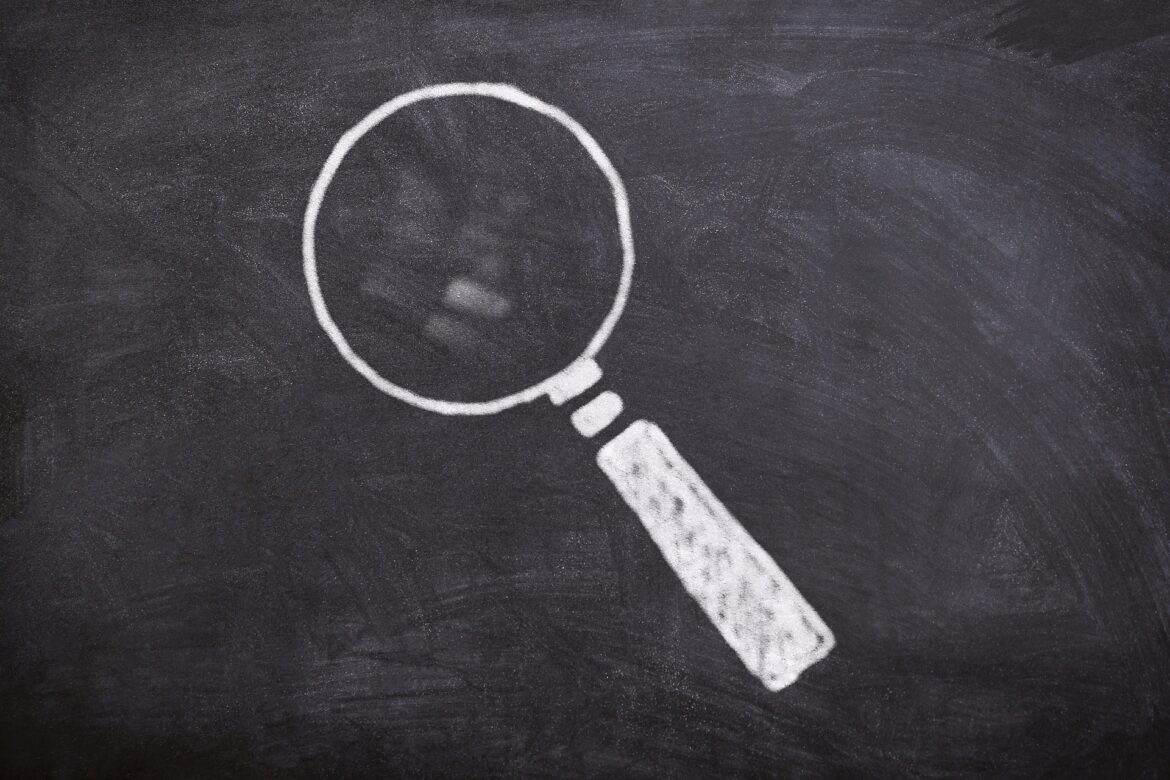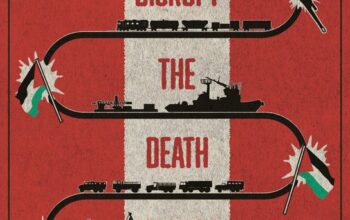So, we know the media is biased, right? And sometimes we can feel that it is biased. But how can we systematically show others it is biased? Well, that’s where Critical Discourse Analysis (CDA) comes in. Critical Discourse Analysis is a method of decontextualizing writings and being able to understand how language can influence us, how power is distributed, and how it is displayed. The use of Critical discourse analysis has soared in the past two decades due to its ability to dissect writing and understand deep meanings (Donkin, 2012). Van Dijk (1985) argues that there is great benefit in investigating authentic sources like newspapers to understand ideological manifestations of phenomena.
To begin we will outline what we mean by discourse. Foucault notes that “Discourse does not simply translate reality into language; rather discourse should be seen as a system which structures the way that we perceive reality” (Mills, 2003). Discourses give rise to (verbal) ideas as well as (non-verbal) institutes and practices, which do not passively convey but actively create our reality. To give a visual representation, discourses are like the (tinted) glasses we wear to see reality; we cannot see without them, but they always tacitly include a particular perspective.
There are two types of discourse, one which focuses entirely on the text itself, explained as: Language-in-use to enact identities and activities. And the second, referred to as Discourse with a capital D – is the language-in-use but also includes non-language stuff to enact identities and activities. Discourse analysis then “ is the study of language in use. It is the study of the meanings we give language and the actions we carry out when we use language in specific contexts.” (Gee, 2010). There are also different forms of discourse analysis, such as, conversation analysis, narrative analysis, multimodal discourse analysis and the focus of this article, critical discourse analysis. Conversation analysis is the study of talk-in-language. Narrative analysis is the study of storytelling. Multimodal discourse analysis is a combination of language study along with other resources and Critical Discourse Analysis is the study of language in relation to politics.
Critical discourse analysis uses 3 tools to analyse documents and includes the critical study of social languages, intertextuality and big ‘C’ conversations. Fairclough developed a methodology for conducting CDA which has 3 steps, text, discourse and context. These levels are used to analyse texts in order to understand an underlying influence or meaning that these texts might have that is hidden from conscious reading and requires deeper investigation to uncover (Gee, 2004).
Below I have included the kinds of questions a researcher would ask themselves when analysing a text to try to uncover the underlying power structures and hidden meanings.

At the textual level, choice of words, textual features and formatting are investigated to question and critique the language used. The Textual Level identifies examples of language and pictures which provide evidence for the opinions of the writers, which often reflect the opinions of society.
Discourse refers to the Language-in-use fused with non-language stuff to enact identities and activities (Gee, 2004). At a discourse level, the mass media are embedded with hidden ideologies and manipulated discourse structures (Van Dijk, 1985). Textual analysis is conducted with the intention of revealing the underlying discourse and why this discourse has been written. Critical discourse analysis is all about power and how it is distributed and displayed (Janks, 1997). It identifies how word choice and subtle textual features are perceived by the reader and how this effects their understanding of the material. Textual level analysis looks at
The contextual level refers to the existing frames under which the western media interprets and displays information. The world does not exist in a vacuum (Gee, 1999, chapter 4). For example, information can be interpreted through the wider East Vs West narrative, which exists as an academic discipline in Orientalism and Occidentalism (Lary, 2006). In this, there are two pre-conceived notions or sets of ideas that each side has about the ‘other’. Often based on very biased information and now considered racist (Lary, 2006). Until Globalisation and migration, many Islamic ideas were not as well known by the western world and when they became known they were seen as different and, in some ways, scary (Heath-Kelly, 2018). The fusion of issues such as religion, politics and modernity all feed into the othering of each side. It is clearly apparent that western political discourse and middle eastern political discourse (or political Islam) have unique ways of controlling the population and systems of government. For example, a Western Political discourse would have fundamental differences with Political Islam on issues such as Human Rights, Women’s rights, democracy and religious freedoms. However, while these approaches are different, the western countries believe they are ‘right’ and thus, the other must be ‘wrong’. This is a fundamental flaw of applying one’s logic to another.
Melody Waterworth
Bibliography:
Re-thinking (in) security discourses from a critical perspective. asteriskos, 1(2), 61-82.
Armstrong, 2012. Women and their ‘uncontrollable impulses’: the medicalisation of women’s crime and differential gender sentencing. Psychiatry, Psychology and Law, 6(1), 67-77.
Björgvinsson, L. Á. (2011). Speech Act Theory. A Critical Overview (Doctoral dissertation).
Buzan, B. (1983). People, states, and fear: The national security problem in international relations. Wheatsheaf Books.
Buzan, B. (2008). People, States & Fear: An agenda for international security studies in the post-cold war era. Ecpr Press.
Gee, J. P. (2004). An introduction to discourse analysis: Theory and method. Routledge.
Gee, J.P. & Handford, M. (2010). The Routledge Handbook of Discourse Analysis. Oxon: Routledge, 1.
Gee, J. P. (2000). Discourse and sociocultural studies in reading. Handbook of reading research, 3, 195-207.
Heath-Kelly, C. (2018). Forgetting ISIS: enmity, drive and repetition in security discourse. Critical Studies on Security, 6(1), 85-99.
Janks, H. (1997). Critical discourse analysis as a research tool. Discourse: studies in the cultural politics of education, 18(3), 329-342.
Jensen, S. Q. (2011). Othering, identity formation and agency. Qualitative studies, 2(2), 63-78.
Joseph, J. (2011). Terrorism as a social relation within capitalism: theoretical and emancipatory implications. Critical Studies on Terrorism, 4(1), 23-37.
KhosraviiNik, M. (2010). The representation of refugees, asylum seekers and immigrants in British newspapers: A critical discourse analysis. Journal of Language and Politics, 9(1), 1-28.
Lindqvist, P. (2017). Welcome to the new jungle: A discourse analysis of the securitization of migration in the Calais crisis in British media.
Lary, D. (2006). Edward said: Orientalism and occidentalism. Journal of the Canadian Historical Association/Revue de la Société historique du Canada, 17(2), 3-15.
Lorenzo-Dus, N., Kinzel, A., & Walker, L. (2017). The Role of Discourse Analysis in Terrorism Studies. In Terrorists’ Use of the Internet: Assessment and Response, edited by Maura Conway, Lee Jarvis, Orla Lehane, Stuart Macdonald and Lella Nouri, 158-169.
MacDonald, M. N., & Hunter, D. (2019). The Discourse of Security: Language, Illiberalism and Governmentality. Springer.
Matz Wennerhed, F. (2016). The Securitization of Migrants-A critical discourse analysis of migration in EU policy.
McGann, P. J., & Conrad, P. (2007). Deviance, medicalization of. The Blackwell Encyclopedia of Sociology.
Mills, S. (2003). Michel Foucault. London: Routledge, 55.
Penuel, W. R., & Wertsch, J. V. (1995). Dynamics of negation in the identity politics of cultural other and cultural self. Culture & Psychology, 1(3), 343-359.
Pettifor, T. (2019). How eight innocent people were killed in three minutes in London Bridge massacre. Retrieved from Link
Pleasance, C. (2019). Sri Lanka falls silent for victims of Islamist bomb attack. Retrieved from Link
Richardson, J. (2006). Analysing newspapers: An approach from critical discourse analysis. Palgrave.
Stritzel, H. (2012). Securitization, power, intertextuality: Discourse theory and the translations of organized crime. Security Dialogue, 43(6), 549-567.
Van Dijk, T. A. (1985). Handbook of discourse analysis. In Discourse and dialogue.
Van Dijk, T. A. (Ed.). (2011). Discourse studies: A multidisciplinary introduction. Sage.
Young, M. (2019). Boy who grew into evil far-right mass killer as 49 murdered at prayers. Retrieved from Link



